Classic albums featuring Steve Gadd
Paul Simon, Rickie Lee Jones, Steely Dan and more…

Steve Gadd
Steve Gadd was a leading session drummer during the recording industry’s boom time of the 1970s and ’80s, and one of the musicians that made the idea of the session drummer unassailably cool. Following triple-session days in the studio, he and his fellow session elite proceeded to groove the night away in the New York clubs with Stuff and Gadd’s Gang.
Amongst those to have called upon Gadd’s magic touch include Frank Sinatra, Paul McCartney, Paul Simon, Steely Dan, Al Jarreau, Joe Cocker, Chick Corea, Eric Clapton, James Taylor, The Manhattan Transfer, Al Di Meola, Carly Simon, Jon Bon Jovi, The Bee Gees, Michael McDonald, and Kate Bush.
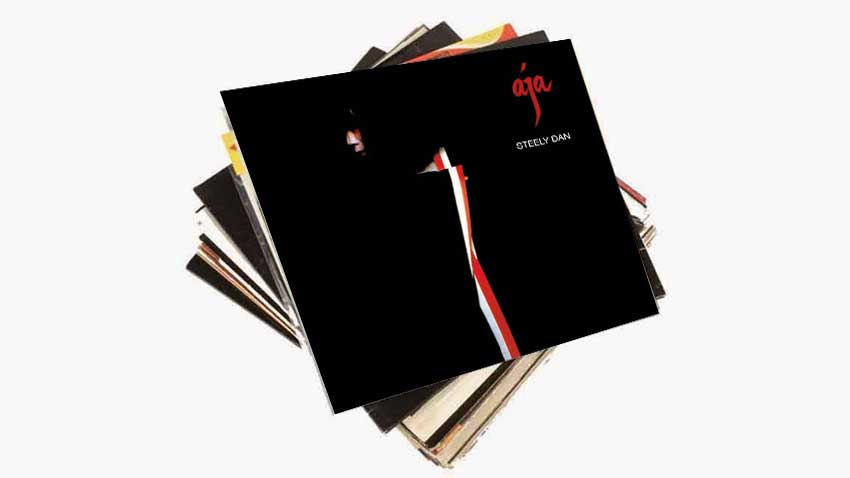
Aja (1979)
The Dan had their pick of top players and on this album alone they used Marotta, Keltner, Purdie… Gadd’s only on one track, ‘Aja’ but all the classic licks are here; his ratamacue, sublime cross-stick, incredible use of dynamics, half-time feel… never mind the quantity, feel the width.
The Dan are notorious for making their drummers do takes by the dozen, but Steve had ‘Aja’ in the can within two takes. “We got through it and it was pretty good,” recalls Steve. “Yes, I did read it straight down. They had been playing that chart with different drummers all week, so the band really knew it. The music was up there and it was not like where everyone was sight reading in one take, the band was well rehearsed and they knew it. I don’t know if they used the first take, they might have taken parts of both.”
Key track: ‘Aja’
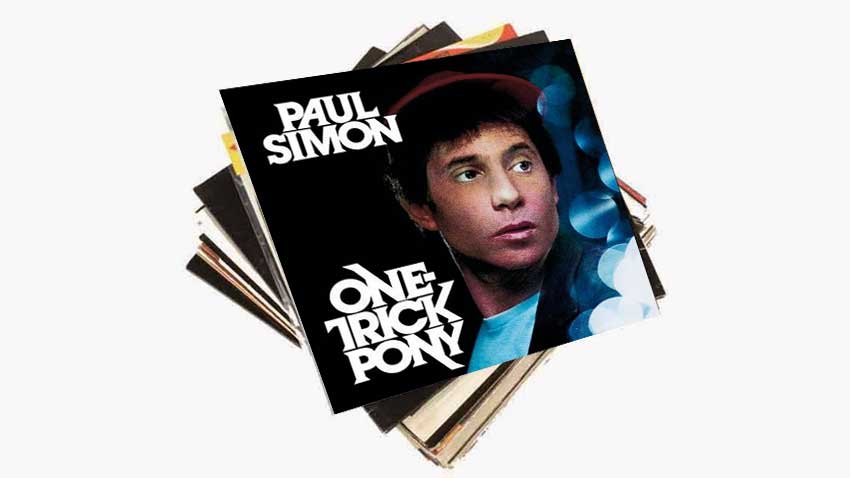
One Trick Pony (1980)
Another album for Paul Simon, and it's packed full of Gadd goodness. The live ‘One Trick Pony’ shows Gadd and Simon’s team of top-notch sessioneers at their best, while Steve’s four-stick, Mozambique-style groove is a pattern every drummer loves to get down.
“I started to put down some grooves and Paul wrote around that stuff.” But surely that pattern is so distinctive, so obviously drum-based, it’s too good a coincidence Paul would have written the riff first? “Well, it comes from everybody. Paul comes in with an idea and then someone else has an idea and the producer says, ‘Let’s do this.’ That’s the way it evolves. But it originally came from Paul, because he booked the session!”
Key track: ‘Late In The Evening’
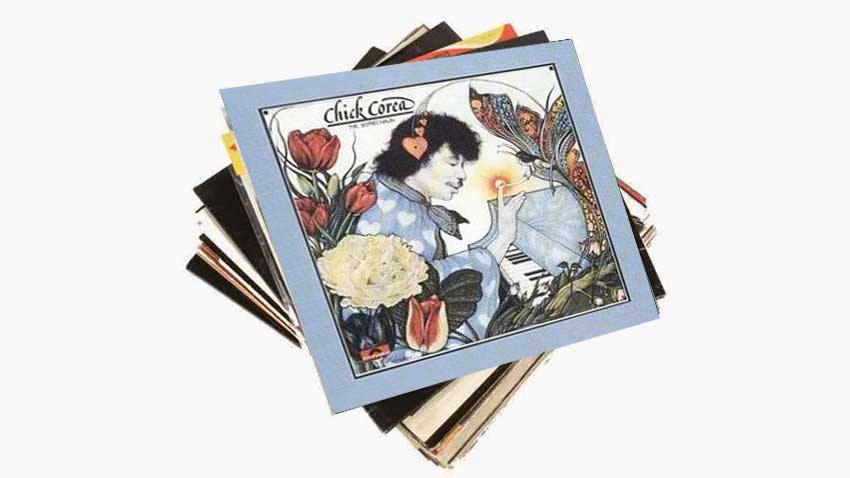
The Leprechaun (1976)
Return To Forever fusioneer’s Grammy-winning jazz classic with Gadd on incredible form. Where his session work subtly enlivened many a pop recording, here he was at his most complex and technically brilliant, and his groundbreaking use of linear jazz-funk grooves on this track would change drumming forever.
All the more amazing when you consider that Steve admits that for Corea’s sessions, “We didn’t rehearse before. We just went in and did it, ran it and recorded it. I was reading off the piano score, so I knew rhythmically what the melodies were doing. I could orchestrate and try to come up with feels.”
Key track: ‘Lenore’
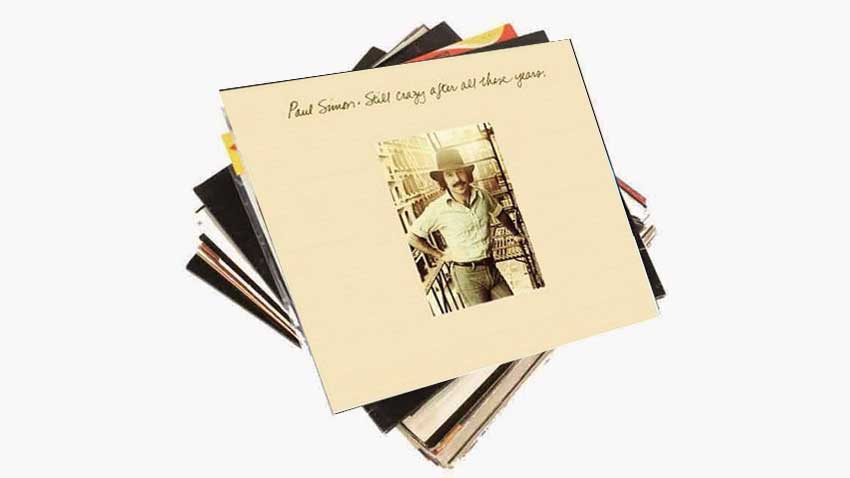
Still Crazy After All These Years (1975)
Again, Gadd was called on for just one track here (Muscle Shoals’ Roger Hawkins played on most of it), but what a track! ‘50 Ways To Leave Your Lover’ saw Gadd lay down a military-style snare pattern between kick snare and hat, with the left-hand going over to the floor tom on the downbeat of ‘3’.
Recalls Steve, “I was doing a lot of sessions and between takes I’d mess around and practise different things. I think Phil [Ramone, producer] said why don’t you try that? And it sort of worked out.” Steve agrees that what makes the military-style groove work are the hip left foot hi-hat substitutions: “Yes, that was pretty cool. I try to take one idea and get as much mileage as I can. Trying different combinations then putting the foot in and I came up with that little pattern…”
Key track: ‘50 Ways To Leave Your Lover’
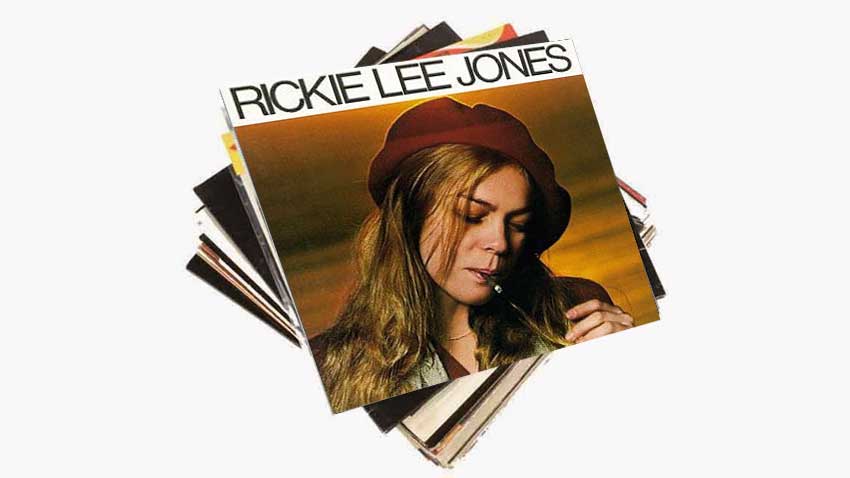
Rickie Lee Jones (1979)
At the boom time of the recording industry in LA, certain artists could call upon the talents of the very cream of the crop when it came to session artists, and practically on arriveal in Los Angeles, Jones had everything thrown at her by studio execs excited by her nascent talent. So, on her debut, you had a host of great drummers including Andy Newmark, Jeff Porcaro, and on her best known track, ‘Chuck E’s In Love’, Steve Gadd.
“That’s another one of those little hi-hat things,” Steve explains of the track’s subtle mid-song break, which kicks off on the bass drum and includes ghosted doubles on snare and hi-hat. “There are just things that sound good but they are not hard.” It’s a left-field idea for a commercial session. “That was the magic of those years where you could try different things. I thought that people who hired you for a session wanted you to come up with something new so I tried to come up with different fills, not just the same ones.”